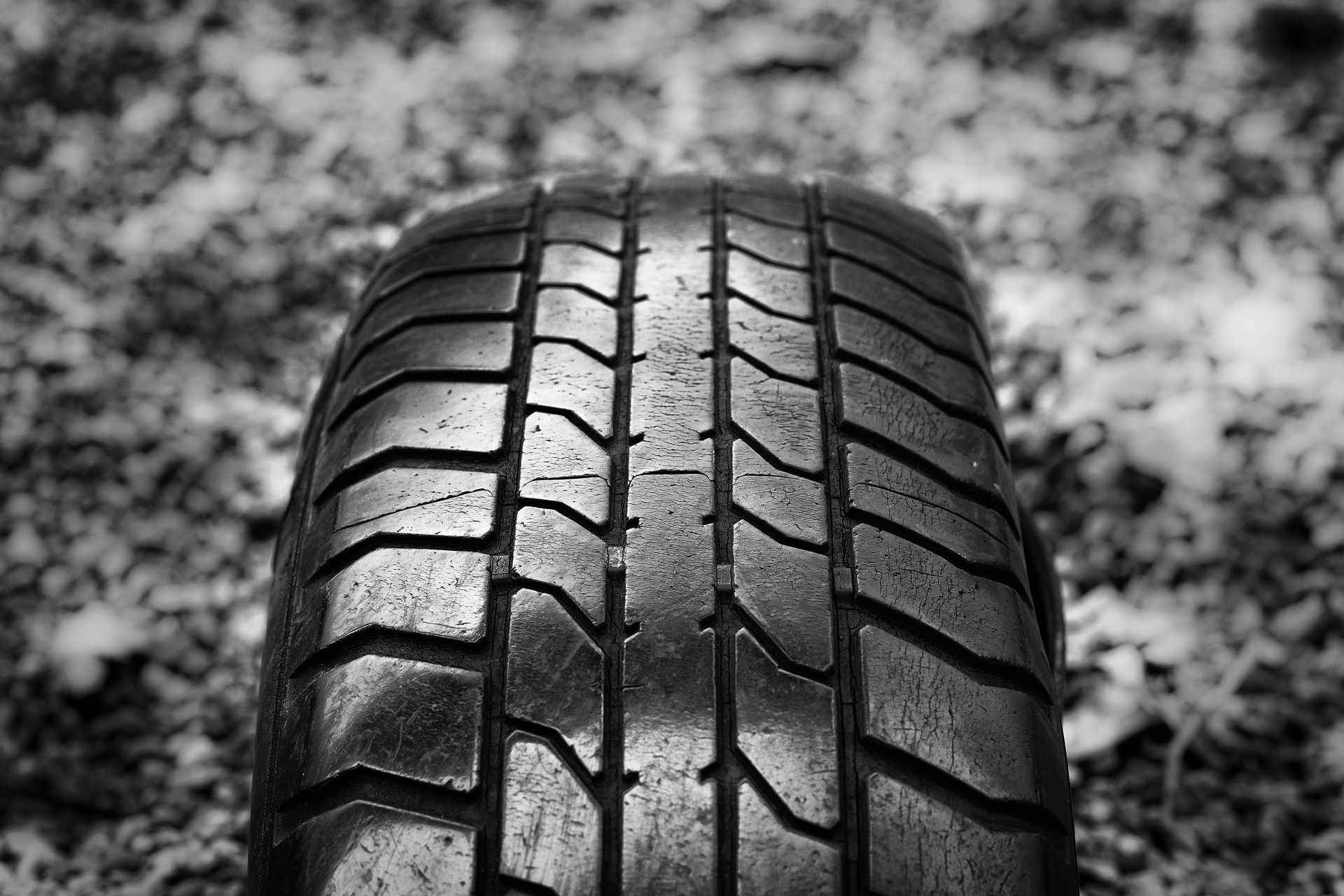Reinventing the Wheel: The Rise of Airless Tire Technology
Imagine cruising down the highway, worry-free about potential tire punctures or blowouts. This isn't a scene from a futuristic movie, but a reality that's rapidly approaching with the advent of airless tire technology. As automotive innovation continues to push boundaries, this groundbreaking development promises to revolutionize how we think about one of the most fundamental components of our vehicles.
Enter the Airless Tire
Airless tire technology, also known as non-pneumatic tires (NPTs), represents a paradigm shift in wheel design. Instead of relying on compressed air to support the vehicle’s weight, these tires use a flexible spoke structure made from advanced materials like thermoplastic resin. This design distributes the load across the entire structure, eliminating the risk of punctures and the need for air pressure maintenance.
The Science Behind the Innovation
At the heart of airless tire technology lies a complex interplay of materials science and structural engineering. The spoke structure is designed to mimic the load-bearing properties of air-filled tires while offering superior puncture resistance. The outer tread is typically made from the same rubber compound used in conventional tires, ensuring familiar road grip and performance.
Benefits Beyond Puncture-Proofing
While the elimination of flats is a significant advantage, airless tires offer a host of other benefits. They provide a more consistent ride quality, as the structural integrity remains unchanged regardless of temperature or road conditions. The design also allows for better lateral stability, potentially improving handling and safety. Moreover, airless tires can be engineered to have lower rolling resistance, contributing to improved fuel efficiency.
Environmental Implications
From an environmental perspective, airless tires show promise in reducing waste. Traditional tires often end up in landfills due to irreparable punctures or wear. Airless tires, with their longer lifespan and recyclable components, could significantly decrease tire-related waste. Additionally, the consistent structure eliminates the need for spare tires, reducing vehicle weight and, consequently, fuel consumption.
Challenges and Hurdles
Despite their potential, airless tires face several challenges before widespread adoption. One significant hurdle is heat dissipation. Pneumatic tires naturally dissipate heat through air circulation, whereas airless tires must rely on material properties and design to manage heat buildup. Engineers are working on solutions, including advanced materials and innovative spoke designs to address this issue.
Performance at High Speeds
Another area of concern is high-speed performance. Current airless tire prototypes have shown limitations at higher velocities, with issues ranging from increased noise to reduced efficiency. Researchers are exploring ways to optimize the spoke structure and tread design to match or exceed the performance of conventional tires at all speeds.
The Road to Mass Production
As with any new technology, scaling up production while keeping costs competitive is a significant challenge. The manufacturing processes for airless tires are fundamentally different from those of pneumatic tires, requiring substantial investment in new equipment and training. However, as the technology matures and economies of scale come into play, the cost gap is expected to narrow.
Real-World Applications
While passenger vehicles are an obvious target for airless tire technology, other sectors are already embracing the innovation. Military vehicles, construction equipment, and agricultural machinery are prime candidates due to their frequent operation in harsh environments where tire punctures can be costly and dangerous. These early adoptions provide valuable real-world data for further refinement of the technology.
The Future of Tire Technology
As airless tire technology continues to evolve, we can expect to see hybrid designs that combine the best features of both pneumatic and non-pneumatic tires. These could offer the familiar ride comfort of air-filled tires with the puncture resistance and structural benefits of airless designs. Furthermore, the integration of smart materials and sensors could lead to tires that adapt to road conditions in real-time, further enhancing safety and performance.
In conclusion, airless tire technology represents a significant leap forward in automotive engineering. While challenges remain, the potential benefits in terms of safety, performance, and sustainability make it an exciting frontier in the ever-evolving world of transportation. As research progresses and real-world applications expand, we may soon find ourselves rolling into a future where flat tires are a thing of the past, and the very concept of what a tire can be is reimagined.






